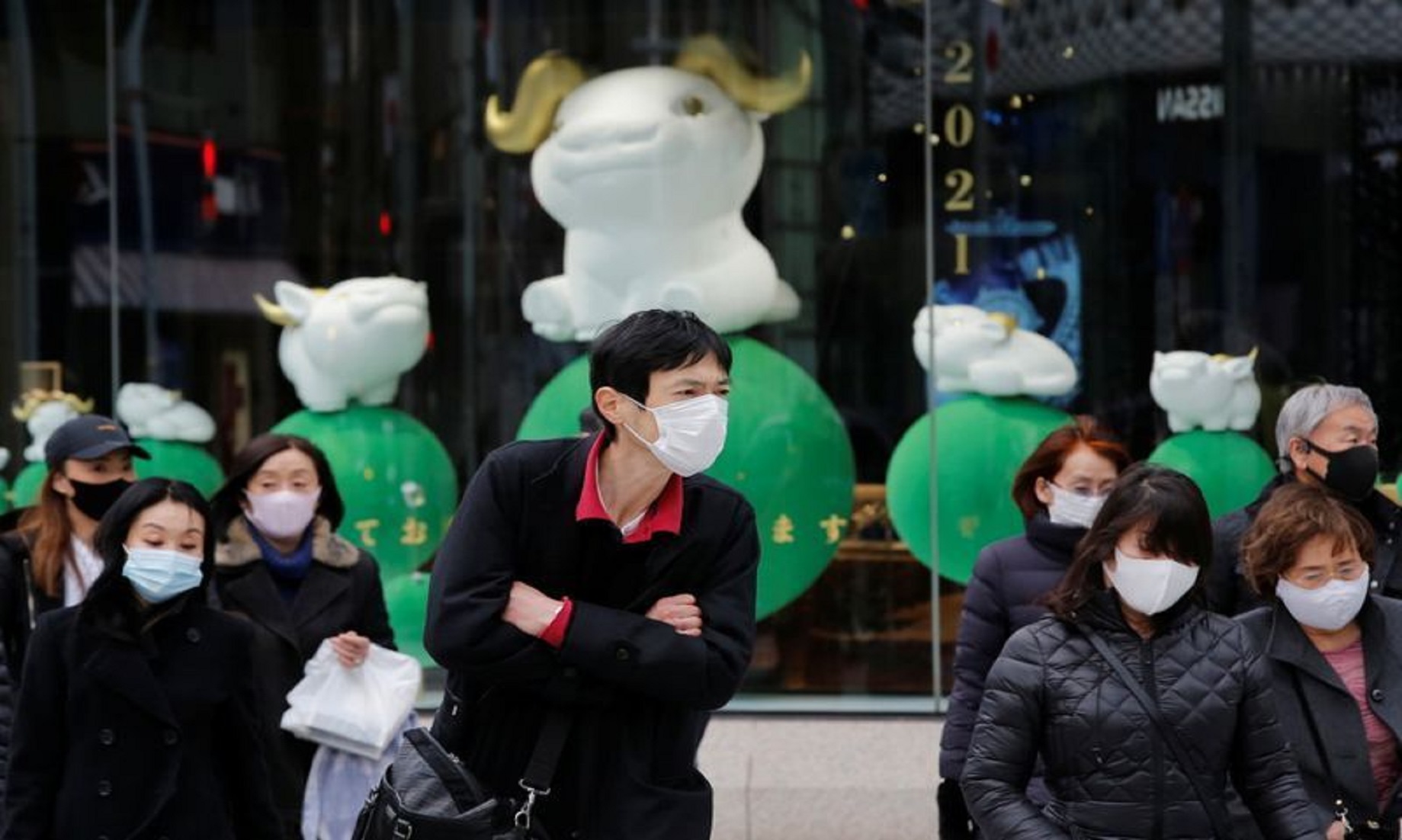TOKYO, Mar 4 (NNN-NHK) – Japanese Prime Minister, Yoshihide Suga, said, extending the COVID-19 state of emergency for the greater Tokyo area by about two weeks would be necessary, as infection numbers have not fallen enough for the emergency period to be lifted as scheduled.
Following a meeting with health minister, Norihisa Tamura, Yasutoshi Nishimura, the minister in charge of Japan’s coronavirus response and other Cabinet members, Suga said, the COVID-19 situation in the metropolitan region is at a “crucial turning point.”
He went on to say that the decision to extend the state of emergency for Tokyo and the three surrounding prefectures of Kanagawa, Chiba and Saitama, will be formalised after holding talks with health experts, as well as, the governors of the respective prefectures.
Governors of the four prefectures still under the state of emergency, convened yesterday, by way of teleconference, with some of them expressing concern about the emergency period being lifted this Sunday.
Tokyo Governor, Yuriko Koike, for her part, said, she is concerned about the slowing pace in decline of new daily infections, and voiced her support for the extension.
Tokyo yesterday reported 316 new daily COVID-19 cases, bringing the capital’s cumulative total of infections to 112,345, with the number of deaths rising by 19 to a total of 1,419.
According to the Tokyo Metropolitan government, the latest figure compares to 232 new infections, confirmed the previous day, and is 103 more than the same time a week earlier.
The seven-day average stood at 277.9 infections, which was 94.3 percent of the previous week, exceeding the 80 percent mark for four days. The average remained higher than the metropolitan government’s aim to keep the figure below 70 percent of the previous week.
Saitama Governor, Motohiro Ono, said, the complete lifting of anti-virus measures this weekend, was “not an option,” with Chiba Governor, Kensaku Morita, also voicing his reservations.
Kanagawa Governor, Yuji Kuroiwa, for his part, reportedly was less averse to ending the emergency period on time.
Suga said, earlier in the day that, when deciding to lift the state of emergency period, the greater Tokyo region, comprising the four prefectures would be dealt with as a whole, rather than individually.
Health experts and local officials, meanwhile, voiced concern that lifting the state of emergency for the region too early, could lead to a resurgence in infections, and the medical care system once again becoming overly strained.
They said that, warmer temperatures mean that cherry blossom-viewing parties, a seasonal highlight in Japan, heralding the beginning of spring, could become super-spreader events in the region.
They added that, such parties could trigger the virus’ resurgence, unless protocols are put in place, to dissuade people from gathering in groups in parks and along popular riverbanks known for their blossoms.
A one-month state of emergency was declared for the greater Tokyo area on Jan 7, before expanding it to cover 11 prefectures in Japan.
It was later extended by an additional month, but cut short for all prefectures, except the Tokyo area, as improvements were seen in infection rates and the strain on the health care system.
Under the state of emergency, bars and restaurants were asked to shorten their operating hours and close their doors by 8.00 p.m. and people urged to refrain from making unnecessary trips outdoors, especially in the evenings.
Along with people being asked to work remotely, large venues had their spectator numbers capped.– NNN-NHK





